
Australia produces some of the world’s finest agricultural commodities and products. Our agricultural sector provides food, nutrition, income, and jobs – particularly in rural Australia.
Australia produces some of the world’s finest agricultural commodities and products. Our agricultural sector provides food, nutrition, income, and jobs – particularly in rural Australia.
estimated growth in agricultural export value each year through traceability
Australia’s agriculture, fisheries and forestry sector in 2023‑2024
of Australia's agricultural produce was exported in 2023‑24
In July 2023, Agriculture ministers from across the country came together in Perth, Western Australia, to endorse Australia’s first National Agricultural Traceability Strategy 2023 to 2033.
The strategy focuses on whole agricultural supply chains. Particularly, on agricultural commodities and products, including First Nations Australians’ products.
A supply chain is a connected system. It links the people, processes, data and resources involved in end-to-end production. This is usually from a source to an end customer - from farm gate to dinner plate. Agricultural supply chains often span many countries and steps can be very complex.
In Australia we have strong agricultural traceability systems. We want to ensure these remain fit-for-purpose into the future, and responsive to global trends.
We are partnering with industry, across government and other supply chain stakeholders to deliver the strategy's first 5-year Implementation Plan. This plan showcases the outstanding work to uplift our world-class traceability systems.
There is a strong need to continue to demonstrate the quality, safety and sustainability of our agricultural commodities and products. Consumers and international trading partners demand more transparency in agricultural supply chains. Our plan sets the pathway for continuous improvement of our traceability systems.
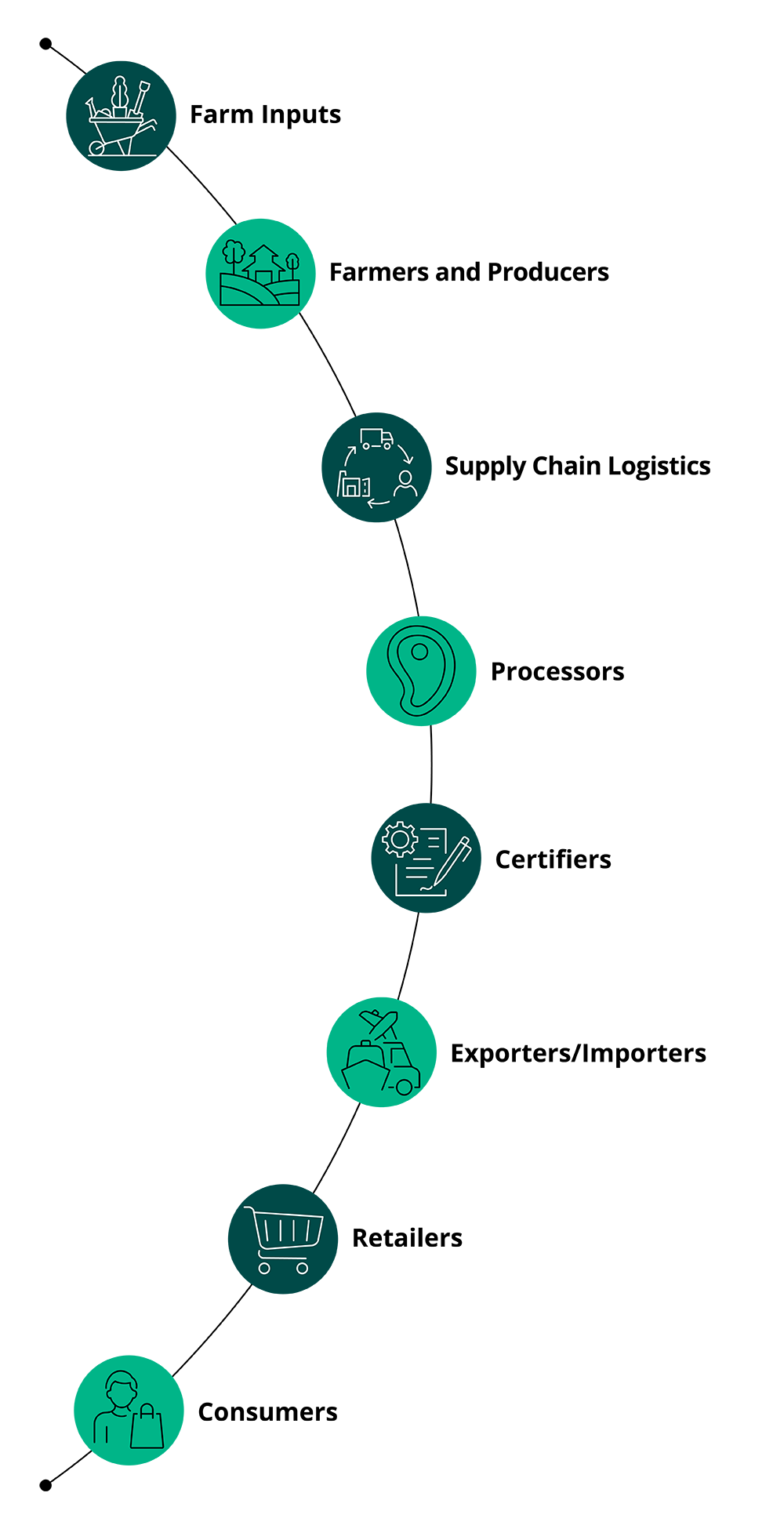
Having fit-for-purpose, national agricultural traceability systems in place helps us to:
Traceability is a shared responsibility. It involves farmers, exporters, retailers, transport and logistics, employees and government regulators.
We are facing changing global trends. We need to work together to address these challenges. National agricultural traceability systems that are future ready will help us do this.
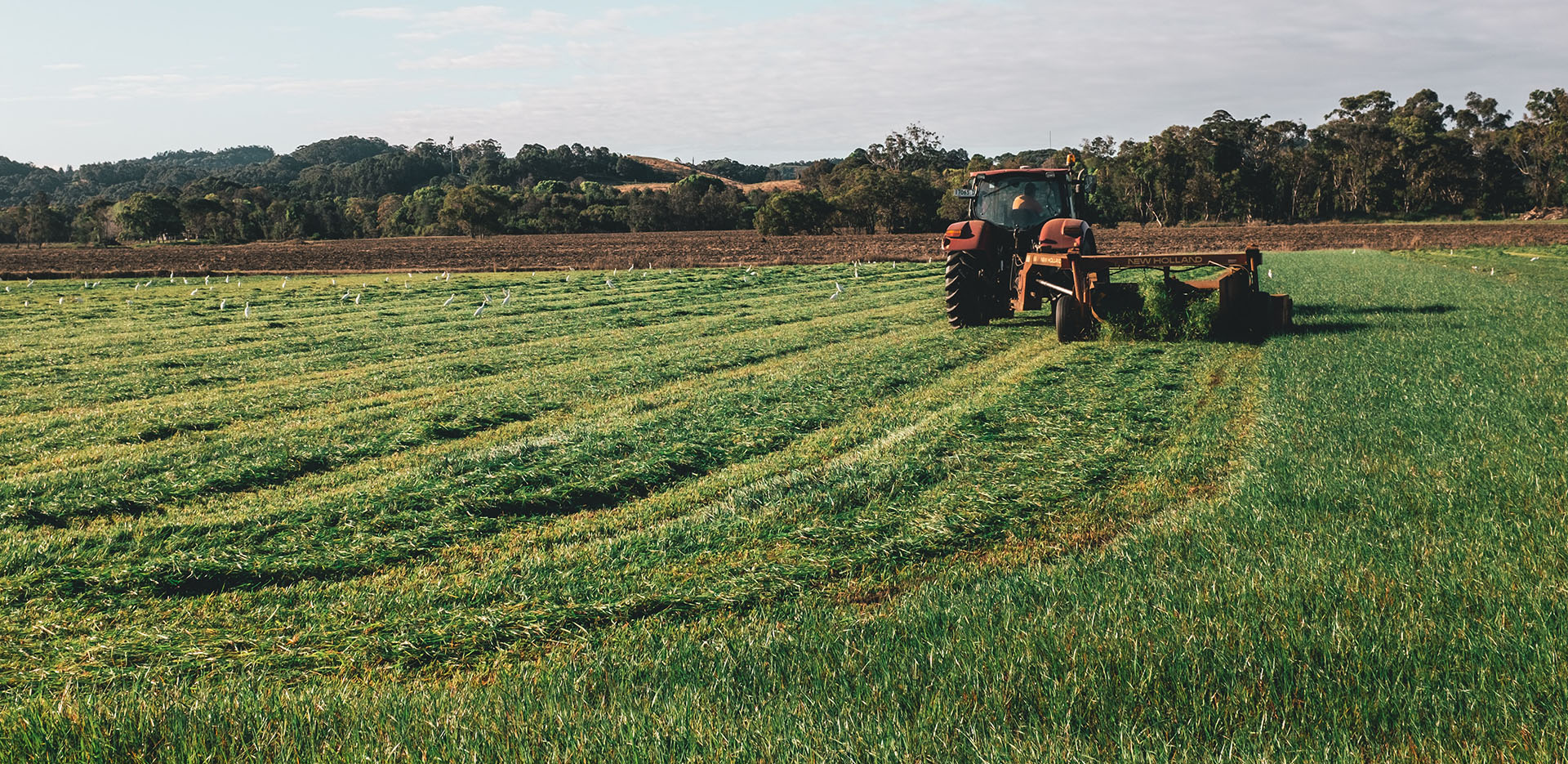
There is pressure on government to increase oversight and monitor emerging requirements for exported agricultural commodities and products.
Increasingly, people want to know where their food and fibre comes from. The ability to trace a product’s journey from end‑to‑end helps consumers align their purchases with their values.
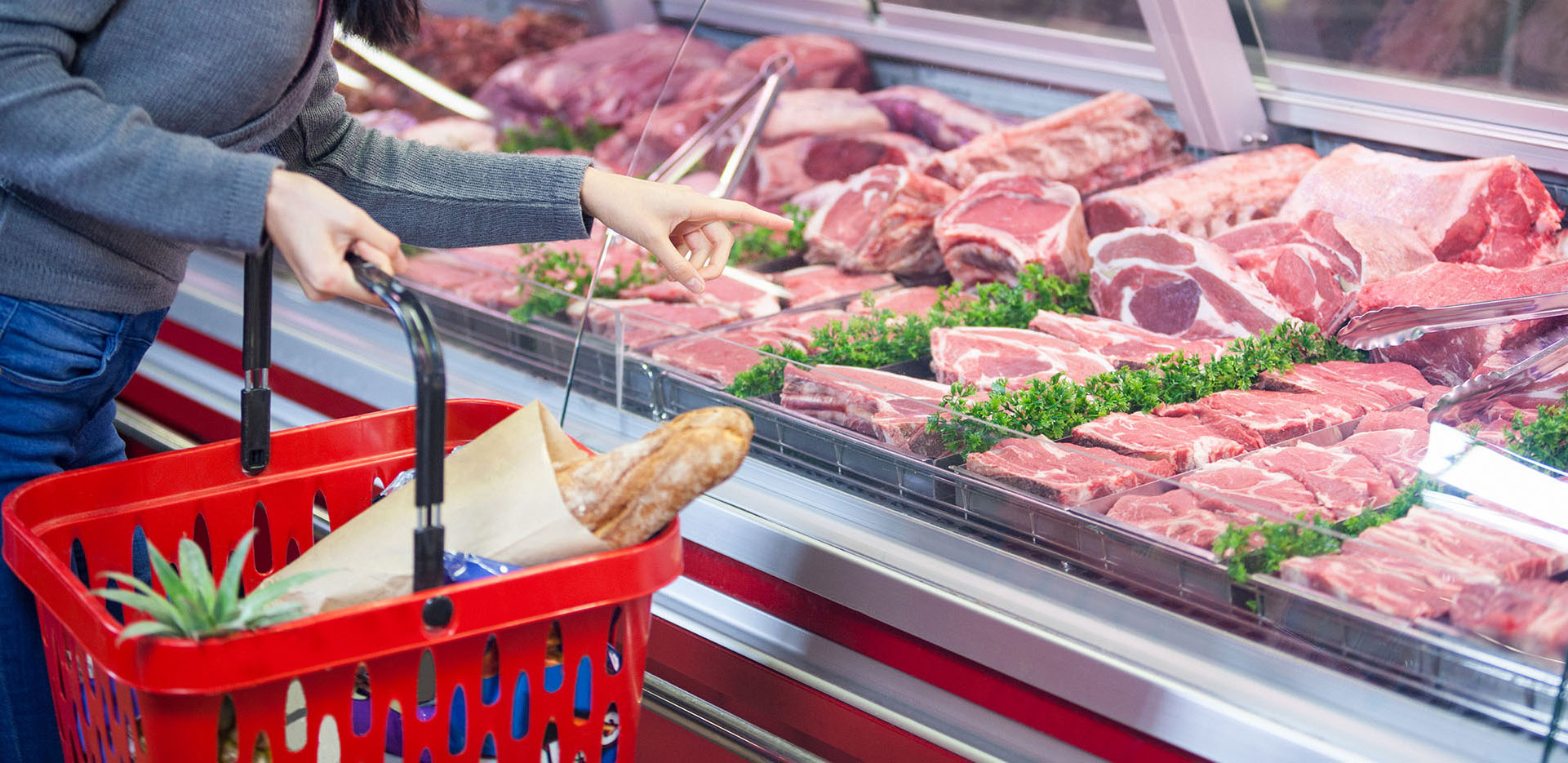
Negotiations with some trading partners highlight the need to diversify export markets and build supply chain resilience. Traceability systems help support the agricultural sector to comply with a wider range of importing country requirements.

Stronger traceability systems benefit everyone invested in Australian agriculture.
Traceability grants focus on:
In 2021, Australian Wool Exchange (AWEX) was awarded a 3-year Australian Government Traceability Grants Program – Round 2 grant to help implement a supply chain traceability system for the Australian wool industry.
In November 2022, AWEX began the implementation of eBale.
eBale is a world first, solutions-based technology system developed in collaboration with industry partners to revolutionise Australian wool traceability systems. Each wool pack is labelled with a unique (matching) QR code and RFID microchip which can be scanned on farm with a smartphone using WoolClip, a wool classing and data app. The RFID is used in commercial warehouses to trace wool packs back to the wool shed. eBale has also proven critical for the industry in the case of a potential emergency animal disease outbreak.
Australian wool has a global reputation for its excellence, and the eBale system helps protect Australia’s status as a provider of top-quality wool.
AWEX CEO, Mark Grave, believes that enabling wool traceability with cutting-edge technology is shaping the future direction of the Australian wool industry.
Buyers and processors need to have confidence in the products they purchase. By establishing an effective traceability system, a grower can showcase and celebrate the steps they have taken to meet desired standards. The market will increasingly recognise countries and properties with traceability attributes over those countries and properties who do not.

A technology roadmap for automating export compliance for Australian Agrifood has been developed by the Commonwealth Scientific and Industrial Research Organisation (CSIRO). Data61 is a leader in digital science and innovation, producing new research and applying technologies across disciplines and sectors for impact.
In 2021, Data61 was awarded a 3-year Australian Government Traceability Grants Program – Round 1 grant. The grant was used to help implement the integration of regulatory compliance into 3rd party digital tracing platforms.
We developed and tested a scalable and sustainable method for automating export compliance. The digital agriculture proof-of-concept makes it easy to objectively measure compliance and automate export certification.
Dr Nick van Beest, Principal Research Scientist
Our agricultural exports need fast and reliable traceability systems along our supply chains to achieve automated, end-to-end export compliance. Bringing export paperwork online is essential and provides significant benefits.
Video description and transcript
13 November 2024
This is the accessible text transcript of a video produced and provided by CSIRO’s Data61 outlining their digital agricultural proof of concept.
[Video begins]
Screen 1 [00:00:05.500 - 00:00:09.000]: [Video description: text panel over cattle herd image.]
[Audio]: The food supply chain is a highly complex multinational operation
Screen 2 [00:00:09.000 - 00:00:12.000]: [Video description: flow chart over cattle herd image.]
[Audio]: from producers, processors and storage to exporters,
Screen 3 [00:00:12.000 - 00:00:18.000]: [Video description: flow chart over cattle herd image.]
[Audio]: with numerous levels of regulations and protocols spanning multiple countries to guarantee food quality and safety.
Screen 4 [00:00:19.000 - 00:00:26.300]: [Video description: tiles to illustrate key factors involved in export certification over cattle herd image.]
[Audio]: Manual registrations, sign-offs and paper-based certification and auditing processes hamper scalability and expansion of export,
Screen 5 [00:00:26.300 - 00:00:32.000]: [Video description: tiles to illustrate key factors involved in export certification over cattle herd image.]
[Audio]: while at the same preventing the agility to shift to different export markets or adapt to changing requirements.
Screen 6 [00:00:33.300 - 00:00:39.500]: [Video description: tiles to illustrate advantages of digitisation over canola field background image.]
[Audio]: What if we could create a smoother, less time-intensive, and more cost-efficient process for proving export compliance,
Screen 7 [00:00:39.500 - 00:00:44.000]: [Video description: tiles illustrating advantages of digitisation over canola field image.]
[Audio]: obtaining export certificates and understanding requirements of new target markets?
Screen 8 [00:00:44.000 - 00:00:50.500]: [Video description: tiles illustrating advantages of digitisation over canola field background image.]
[Audio]: What if we could streamline and digitise our compliance processes such that it can be understood by both human and technology?
Screen 9 [00:00:51.000 - 00:00:54.000]: [Video description: advantages of digitisation over canola field background image.]
[Audio]: Facilitating a continuous alignment with export requirements
Screen 10 [00:00:54.500 - 00:00:58.000]: [Video description: advantages of digitisation over canola field background image.]
[Audio]: Establishing a reliable single source of truth that can be interrogated.
Screen 11 [00:00:58.000 - 00:01:03.200]: [Video description: advantages of digitisation over canola field background image.]
[Audio]: Allowing automated verification of processes and data against export requirements.
Screen 12 [00:01:03.500 - 00:01:10.000]: [Video description: image of male farmer and two young children on cattle farm.]
[Audio]: In this project, we demonstrate our approach to digitally represent the relevant export legislation and regulations,
Screen 13 [00:01:10.000 - 00:01:15.500]: [Video description: image of male farmer and two young children on cattle farm.]
[Audio]: allowing integration with supply chain data and workflows to streamline and automate Australian export compliance.
Screen 14 [00:01:16.000 - 00:01:21.500]: [Video description: image of male farmer and two young children on cattle farm.]
[Audio]: We developed and trialled this approach to digitising compliance such that it is maintainable and scalable.
Screen 15 [00:01:22.000 - 00:01:28.000]: [Video description: image of large-scale irrigation system watering cotton field.]
[Audio]: We started with charting the entire export landscape, to create a full overview of all relevant export requirements
Screen 16 [00:01:28.000 - 00:01:32.500]: [Video description: tiles to illustrate mapping on background image of hay bales in field.]
[Audio]: and proceeded with a mapping to understand the regulatory context and the workflow context,
Screen 17 [00:01:32.500 - 00:01:39.500]: [Video description: [Video description: tiles to illustrate mapping on background image of hay bales in field.]
[Audio]: to ensure that the digital representation of export regulations can be connected to all data points available in the supply chain.
Screen 18 [00:01:39.500 - 00:01:43.000]: [Video description: close-up of hands holding mobile device on blurred background of canola field.]
[Audio]: We then developed a proof-of-concept of the digital platform,
Screen 19 [00:01:43.000 - 00:01:46.500]: [Video description: close-up of hands holding mobile device on blurred background of canola field.]
[Audio]: providing a demonstration through a case study on red meat export to California,
Screen 20 [00:01:46.500 - 00:01:50.000] [Video description: close-up of hands holding mobile device on blurred background of canola field.]
[Audio]: showcasing the potential for both government and industry.
Screen 21 [00:01:50.000 - 00:01:55.000] [Video description: coloured molecular graphic.]
[Audio]: A visualisation of the Export Control Act, the Manual of Importing Country Requirements and their dependencies
Screen 22 [00:01:55.000 - 00:01:59.500] [Video description: coloured molecular graphic.]
[Audio]: reveals the complexity of the export landscape for both government and industry.
Screen 23 [00:01:59.500 - 00:02:05.500]: [Video description: close-up of punnets of fresh blueberries.]
[Audio]: This complexity was reduced by a clear and accessible dashboard that integrates with the digitised export requirements,
Screen 24 [00:02:05.500 - 00:02:13.000]: [Video description: image of Realta Logic digital dashboard.]
[Audio]: allowing them to be queried and used to provide evidence for the necessary compliance requirements in a semi-automated and digital form.
Screen 25 [00:02:13.000 - 00:02:19.000]: [Video description: image of Realta Logic digital dashboard.]
[Audio]: This ultimately reduces duplication and provides a scalable solution to Australia's strong compliance priorities.
Screen 26 [00:02:19.500 - 00:02:27.000]: [Video description: multiple rectangular and cloud shaped graphics highlighting key words on background of golden fields at sunset.]
[Audio]: The digital agriculture proof-of-concept not only allows a streamlined way to objectively measure compliance and automate export certification.
Screen 27 [00:02:27.500 - 00:02:31.500]: [Video description: multiple rectangular and cloud shaped graphics highlighting key words on background of golden fields at sunset.]
[Audio]: It allows for a variety of services to be built on core technology,
Screen 28 [00:02:31.500 - 00:02:34.500]: [Video description: multiple rectangular and cloud shaped graphics highlighting key words on background of golden fields at sunset.]
[Audio]: leveraging existing supply chain data and systems.
Screen 29 [00:02:35.000 - 00:02:40.500]: [Video description: multiple rectangular and cloud shaped graphics highlighting key words on background of golden fields at sunset.]
[Audio]: It enables detailed insights through monitoring of production facilities and enables on-the-fly adaptation.
Screen 30 [00:02:41.000 - 00:02:44.500]: [Video description: multiple rectangular and cloud shaped graphics highlighting key words on background of golden fields at sunset.]
[Audio]: It facilitates process optimisation within compliance constraints.
Screen 31 [00:02:45.000 - 00:02:51.000]: [Video description: multiple rectangular and cloud shaped graphics highlighting key words on background of golden fields at sunset.]
[Audio]: Using market intelligence, it allows to shift to different markets to maximise value and minimise compliance impact.
Screen 32 [00:02:51.500 - 00:02:58.000]: [Video description: main road running through golden fields.]
[Audio]: From this demonstration, we set out a roadmap, indicating the key next steps to facilitate further rollout and adoption.
Screen 33 [00:02:58.000 - 00:03:05.000]: [Video description: main road running through golden fields.]
[Audio]: Create a sandbox environment for a digital system that records, tracks, and verifies supply chain information.
Screen 34 [00:03:05.000 - 00:03:10.000]: [Video description: main road running through golden fields.]
[Audio]: Develop a governance model to manage digital rules ownership, maintenance and alignment.
Screen 35 [00:03:10.000 - 00:03:16.000]: [Video description: main road running through golden fields.]
[Audio]: Expand rules for export to other international markets to help exporters gain agility in key markets.
Screen 36 [00:03:16.000 - 00:03:22.000]: [Video description: text panels on background image of main road running through golden fields.]
[Audio]: And expand digital solutions to different commodities to expand support to the entire agrifood export industry.
Screen 37 [00:03:23.000 – 00:03:26.000]: [Video description: video title on cattle herd background image.]
Screen 38 [00:03:27.000 – 00:03:30.000]: [Video description: CSIRO logo.]
[Video ends]
[End of transcript.]
Collaborative industry-government partnerships are building trust in Australia’s safe, high quality and sustainably produced food and fibre products.
These partnerships help:

Australia’s first Indigenous Agricultural Product Framework will benefit First Nations agriculture businesses and communities.
It will increase the ability of First Nations Australians to demonstrate product authenticity, prove world-leading practices, and protect and verify claims about attributes of their Indigenous agricultural products.

The Export Readiness Pilot for First Nations Agriculture will include 3 proofs-of-concept designs. The research and insights from the Noongar Land Enterprise pilot will assist other First Nations businesses to become viable producers and exporters of honey and wattle seed products.
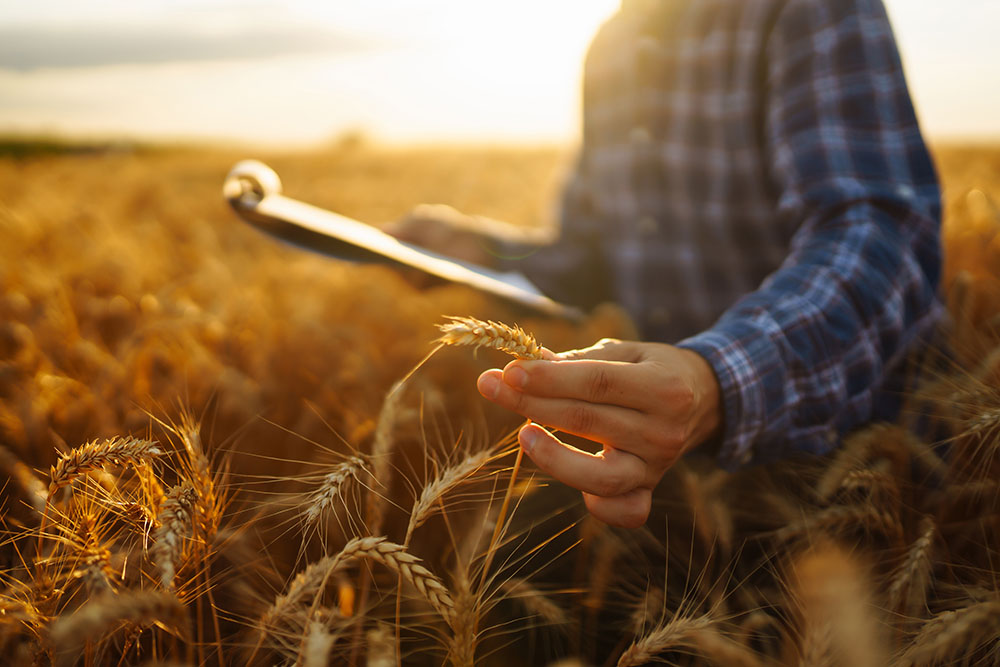
The AgTrace project drives a world leading, data enabled and integrated traceability system for Australian agriculture. The project features 3 trials using live, just in time data. These are for the red meat, horticultural and grains industries.
This work aims to encourage and empower farmers as land stewards and data owners. Helping them to securely capture, reuse and share data across the supply chain. This will help prove their credentials and enable market access, and reduce the time, effort and cost of trade.
In April 2022, over 250 producers, researchers, industry leaders and government representatives came together at the National Traceability Summit. The goal was to agree on the steps needed to ensure Australia as a world leader in agricultural traceability.
The Summit established the Australian Agricultural Traceability Alliance. A partnership between farmers, producers, governments, agribusiness, exporters and key stakeholders.
The Alliance aims to:
13 November 2024
This is the accessible text transcript of video highlights from the launch of the National Traceability Summit held virtually in 2022. The Summit established the Australian Agricultural Traceability Alliance. Members of the Alliance have a deep interest in enhancing national agricultural traceability.
[Video begins]
Screen 1 [00:00:00.000 – 00:00:04.000]: [Video description: text and background music over muted background of canola field.]
[Text]: From 7 to 12 April 2022 over 250 industry and government representatives came together…
Screen 2 [00:00:05.000 – 00:00:08.000]: [Video description: text and background music over muted background image of rectangular ponds used for land-based aquaculture.]
[Text]: …to collectively step-up traceability in Australian agriculture.
Screen 3 [00:00:09:000 – 00:00:12.000]: [Video description: text and background music over muted aerial image of livestock herd on-farm.]
[Text]: Together, we took part in a 4-hour summit launch…
Screen 4 [00:00:13.000 – 00:00:15.000]: [Video description: text and background music over muted image of aquaculture farm.]
[Text]: …an introduction to traceability’s most pressing challenges.
Screen 5 [00:00:16.000 – 00:00:21.000]: [Video description: text and background music over muted aerial crop image.]
[Text]: 3 half-day collaborative working sessions on data, regulation and value creation and distribution.
Screen 6 [00:00:22.000 – 00:00:25.000]: [Video description: moving text and background music over muted aerial farm image.]
[Text]: And we did it all entirely virtual from across Australia with over 3,000 perspectives and contributions from attendees.
Screen 7 [00:00:26.000 – 00:00:47.000]: [Video description: panel member Su McCluskey, Special Representative Australian Agriculture.]
[Audio]: It is so important that industry can have that input and industry and government can work together, co-design the sort of systems that we need to have, because then we don’t just get something that looks good on paper, but it actually works on the ground. But it also has that balance between what is going to get a good outcome, but which also has the minimum costs for business.
Screen 8 [00:00:49.000 – 00:01:05.000]: [Video description: Dianne Tipping, Chair, Export Council of Australia.]
[Audio]: Whilst there are challenges, we need to make sure that we promote, explain and educate on a number of points to gain buy-in from all; this needs to be an Australian process for Australian exporters. We need to be able to go out into the world and promote Australia the way that we feel it should be promoted.
Screen 9 [00:01:06.000 – 00:01:08.000]: [Video description: Matt Koval, First Assistant Secretary, Department of Agriculture, Water and the Environment.]
[Audio]: We also did some economic modelling and we worked out there’s lots of other benefits of traceability. It’s how we can actually get premium pricing overseas. It’s how we can protect our own industries, how we can show global leadership around traceability.
Screen 10 [00:01:09.000 – 00:01:17.000]: [Video description: slide with images of cargo ship, farmer with handheld tablet and shopper with basket walking through supermarket fruit and vegetable aisle.]
[Text]: Economic impact of enhancing traceability systems:
Screen 11 [00:01:18.000 – 00:01:29.000]: [Video description: moving text and background music with laptop computer screen showing workshop participants engaging in a Microsoft Teams meeting. Screenshot of website.]
[Text]: We brought voices together from across the national and international ecosystem to debate the pressing challenges in greater detail.
[Laptop screenshot]: Data:
Screen 13 [00:01:44.000 – 00:02:04.000]: [Video description: background music and laptop computer screen showing participants engaging in a Microsoft Teams meeting. Laptop screenshot.]
[Text]: National Traceability Summit [Heading 1] Pressing challenges [Heading 2] Regulation [Heading 3]
[Text of participant quotes]:
[Laptop screenshot]: Collaboration across organisations to accommodate their views.
Screen 14 [00:02:05.000 – 00:2:20.000]: [Video description: background music and laptop computer screen showing participants engaging in a Microsoft Teams meeting.]
[Text]: National Traceability Summit [Heading 1] Pressing challenges [Heading 2] Value creation and distribution [Heading 3]
[Text of participant quotes]:
Screen 15 [00:02:21.000 – 00:02:36.000]: [Video description: Matt Koval, First Assistant Secretary, Department of Agriculture, Water and the Environment.]
[Audio]: The majority of people want to be involved in a co-design approach, which is in some ways pleasing, in some ways frightening by how we actually organise that. But nevertheless, what it does tell me is that going forward, the next steps are really important about how we actually make sure we involve as many people as we possibly can in that approach.
Screen 15 [00:02:37.000 – 00:02:42.000]: [Video description: text panel, artwork and background music over muted image of livestock grazing.]
[Text]: Thank you for identifying over 20 possible pathways forward and even more actions and priorities.
[Video ends]
[End of transcript.]
To support the Alliance, the former Minister for Agriculture, Fisheries and Forestry announced the Australian Agricultural Traceability Governance Group (AATGG) in early 2023. It guides and coordinates traceability efforts amongst our agricultural sector using industry-led expertise.
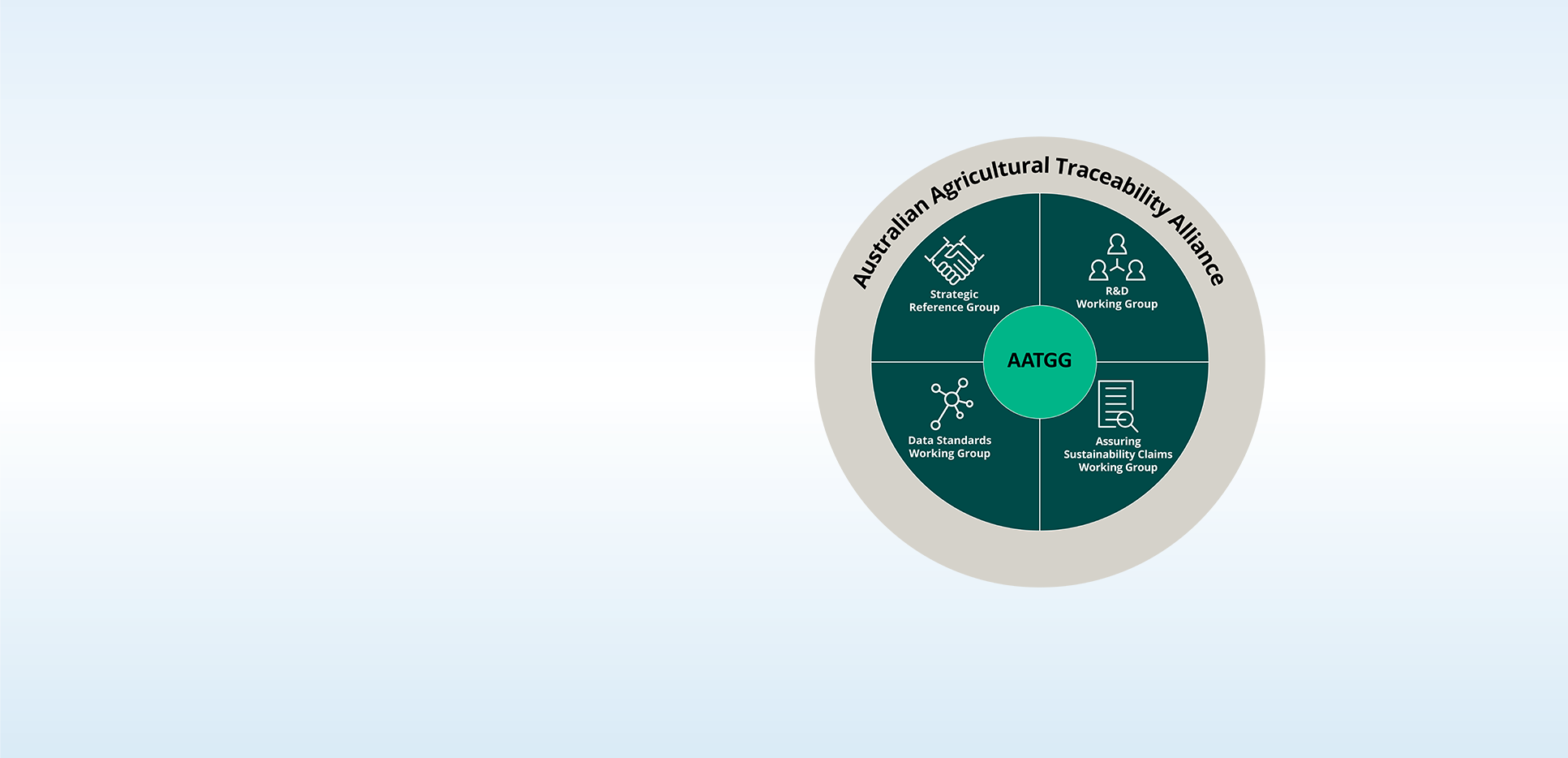
Working groups provide specific technical advice to the Australian Agricultural Traceability Governance Group (AATGG).

The Strategic Reference Group advises on current and emerging operational and technical issues for industry. Helping to boost and grow Australia's trade relationships.

The Data Standards Working Group is developing standards to enable data sharing and interoperability across supply chains.
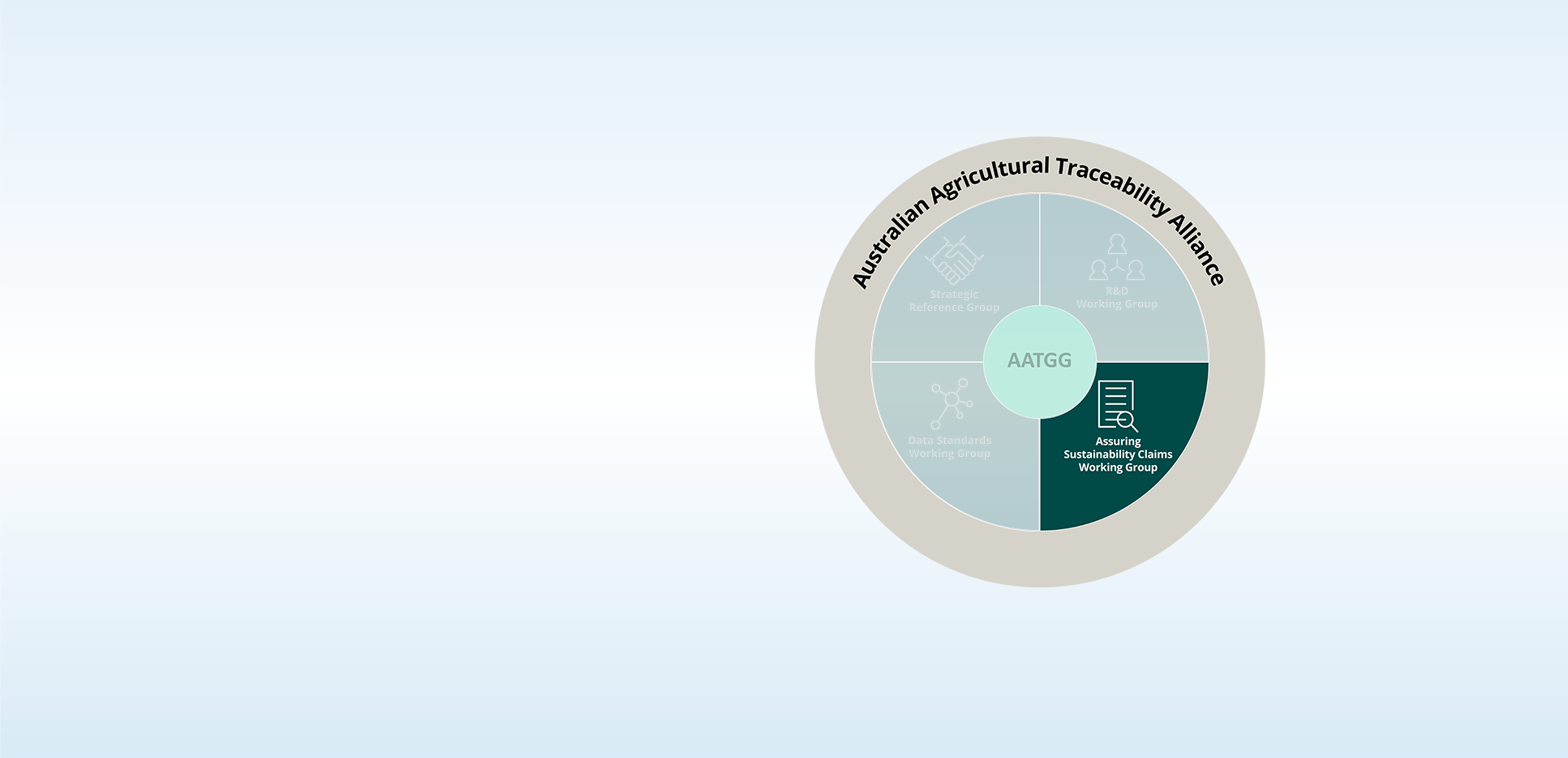
The Assuring Sustainability Claims Working Group offers guidance on the standards for sustainability datasets to ensure they are accessible, searchable, interoperable, and beneficial to the agricultural sector.

The Research and Development Working Group identifies and prioritises national agricultural traceability R&D priorities.
The National Agricultural Traceability Strategy 2023 to 2033 is our roadmap.
The National Agricultural Traceability Strategy: Implementation Plan 2023 to 2028 is the first 5-year plan, to focus on actions, address traceability challenges and harness new opportunities.
Implementing the strategy will ensure Australia’s world-class agricultural industry continues to thrive.
We want Australian growers and exporters to enjoy the benefits of enhanced agricultural traceability.
See more on the National Agricultural Traceability Strategy and Plan